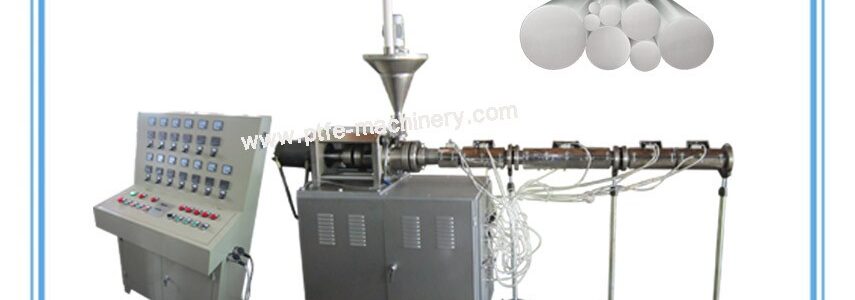Extrusion is a process used to create objects of a fixed cross-sectional profile. A material is pushed through a die of the desired cross-section. The two main advantages of this process over other manufacturing processes are its ability to create very complex cross-sections, and to work materials that are brittle, because the material only encounters compressive and shear stresses. It also forms parts with an excellent surface finish.
Drawing is a similar process, which uses the tensile strength of the material to pull it through the die. This limits the amount of change which can be performed in one step, so it is limited to simpler shapes, and multiple stages are usually needed. Drawing is the main way to produce wire. Metal bars and tubes are also often drawn.
Extrusion may be continuous (theoretically producing indefinitely long material) or semi-continuous (producing many pieces). The extrusion process can be done with the material hot or cold. Commonly extruded materials include metals, polymers, ceramics, concrete, modelling clay, and foodstuffs. The products of extrusion are generally called “extrudates”.
There are many different variations of extrusion equipment. They vary by four major characteristics:
- Movement of the extrusion with relation to the ram. If the die is held stationary and the ram moves towards it then it is called “direct extrusion”. If the ram is held stationary and the die moves towards the ram it is called “indirect extrusion”.
- The position of the press, either vertical or horizontal.
- The type of drive, either hydraulic or mechanical.
- The type of load applied, either conventional (variable) or hydrostatic.
A single or twin screw auger, powered by an electric motor, or a ram, driven by hydraulic pressure (often used for steel and titanium alloys), oil pressure (for aluminium), or in other specialized processes such as rollers inside a perforated drum for the production of many simultaneous streams of material.




